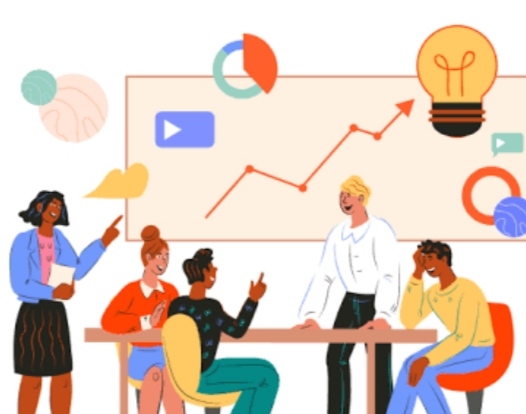Adapting teaching methods for different learning styles is a fundamental principle in education. Students come with a variety of preferences and strengths when it comes to absorbing and processing information. Recognizing and accommodating these differences can significantly enhance the learning experience.
Visual learners prefer to absorb information through visual aids such as diagrams, charts, and images. For these students, incorporating visual elements into lessons can be highly effective. Utilizing slideshows, infographics, and illustrations can help engage and facilitate their learning.
Auditory learners, on the other hand, thrive through listening. They benefit from lectures, discussions, and audio materials. Teachers can engage auditory learners by incorporating class discussions, group activities, and verbal explanations into their teaching methods. Providing audio resources like podcasts and recorded lectures can also be beneficial.
Kinesthetic learners are more hands-on and learn best through physical activities. To cater to their needs, educators should include interactive elements in their lessons. Hands-on experiments, role-playing, and interactive simulations can help kinesthetic learners grasp concepts more effectively.
Reading and writing learners prefer text-based materials. They learn best through reading and taking notes. Providing written resources, assignments, and reading materials can cater to their learning style. Encouraging these students to take detailed notes during lectures can also be beneficial.
It’s important for teachers to recognize that students may have a combination of learning styles, and flexibility in teaching methods is crucial. Differentiating instruction by offering a variety of resources and approaches can help reach a diverse group of students, ensuring a more inclusive and engaging learning environment.
In conclusion, adapting teaching methods to accommodate different learning styles is a cornerstone of effective education. By acknowledging these preferences and incorporating diverse approaches, educators can create a more inclusive and dynamic learning environment that maximizes the potential for all students to succeed




